Three Mona Lisa paintings, one big mystery
More than one Mona Lisa
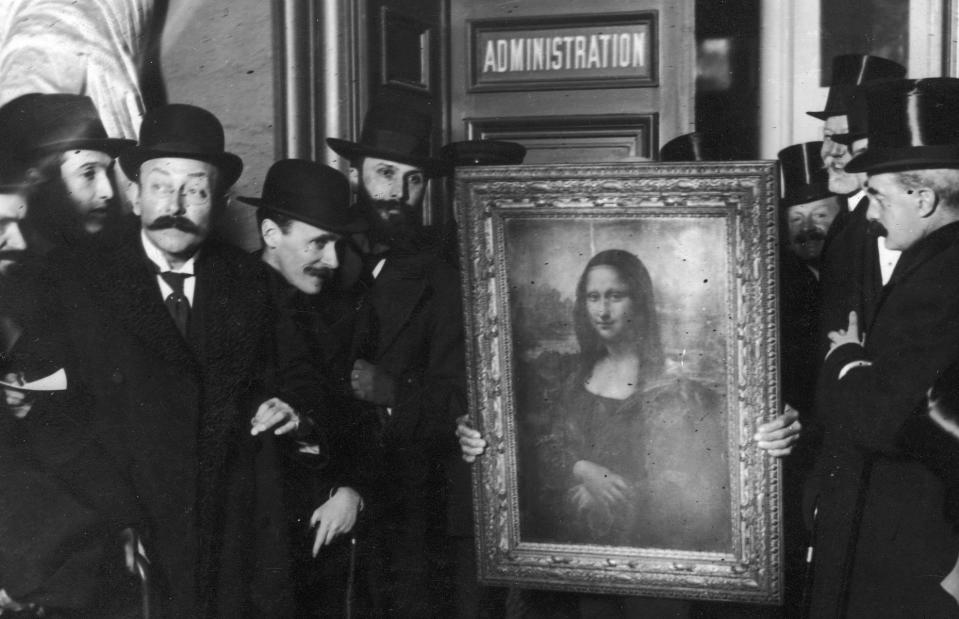
Paul Thompson/Getty Images
Described as "the best known, the most visited, the most written about, the most sung about, the most parodied work of art in the world," we are all familiar with the Mona Lisa. However, it's less well known that two more Mona Lisa have surfaced in recent years, and the people who own them claim they are authentic.
Read on as we look at the tangled story behind three versions of the world's most famous painting.
An Italian masterpiece
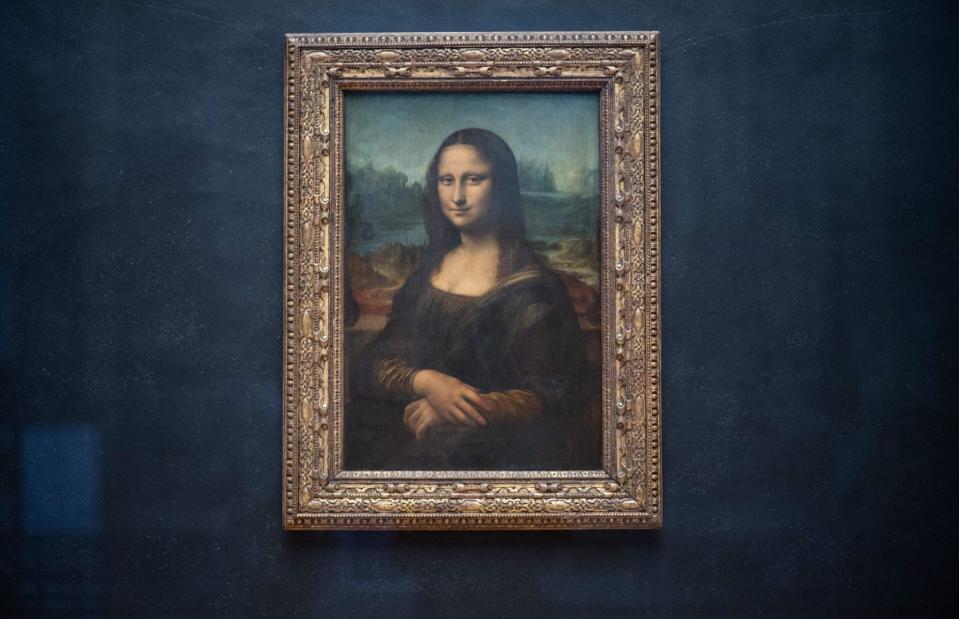
Martin Bureau/Getty Images
Most of us know that the Mona Lisa is a portrait by Italian artist Leonardo da Vinci. The work is considered a masterpiece of the Italian Renaissance. The half-length oil painting depicts a plain-looking lady, in plain dress, but the most famous elements of da Vinci’s painting are the subject’s enigmatic smile and the age-old mystery surrounding her identity.
Who is the Mona Lisa?
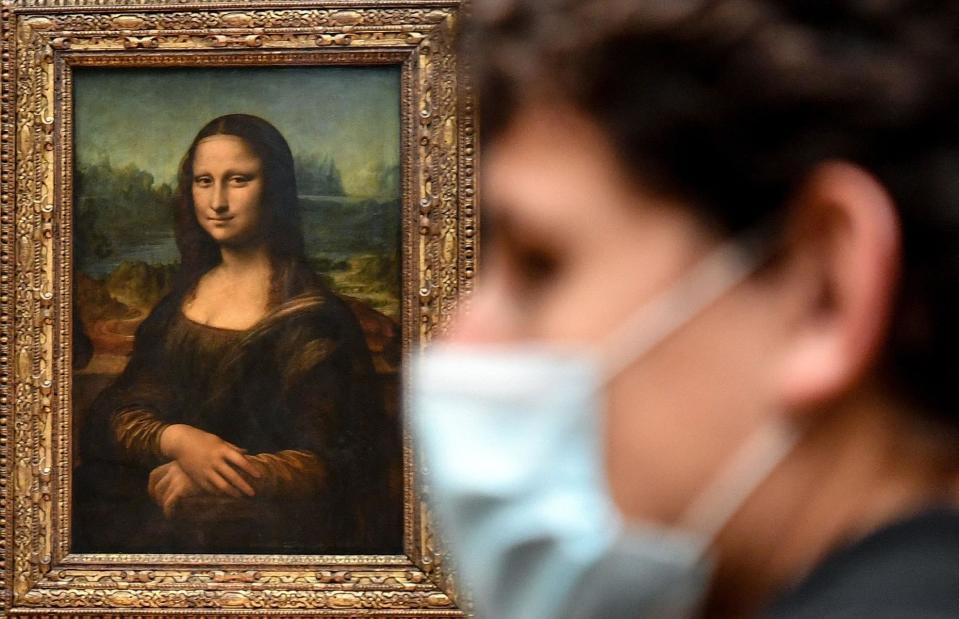
Alain Jocard/Getty Images
Estimated to have been painted sometime between 1503 and 1506, the subject of the Mona Lisa is a hotly debated topic. Most scholars agree, however, that the portrait depicts an Italian noblewoman named Lisa del Gioconda, also known as Lisa Gherardini, wife of successful silk merchant Francesco del Gioconda. It's believed del Giocondo commissioned da Vinci to paint the portrait of his wife to celebrate the birth of their second son.
The identity confirmed?
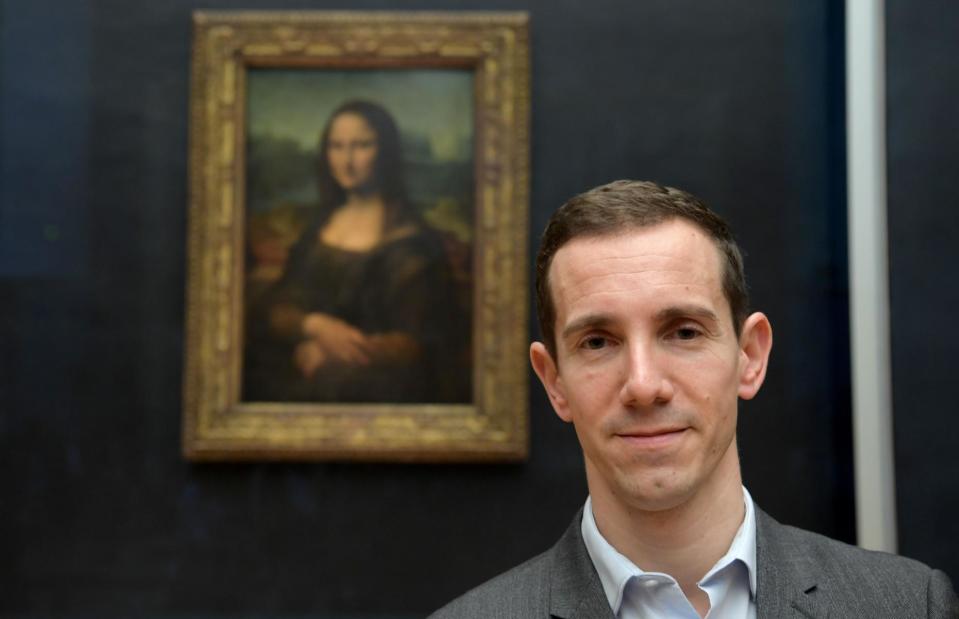
Eric Feferberg/Getty Images
A note dated October 1503 and written by da Vinci’s assistant Agostino Vespucci was discovered by a scholar at Heidelberg University in 2005. The note confirms that around that time da Vinci was indeed working on a painting of Lisa del Giocondo. In response to the discovery, Vincent Delieuvin (pictured), a Louvre representative, said "Leonardo da Vinci was painting, in 1503, the portrait of a Florentine lady by the name of Lisa del Giocondo. About this, we are now certain. Unfortunately, we cannot be absolutely certain that this portrait of Lisa del Giocondo is the painting of the Louvre."
An unsolved mystery
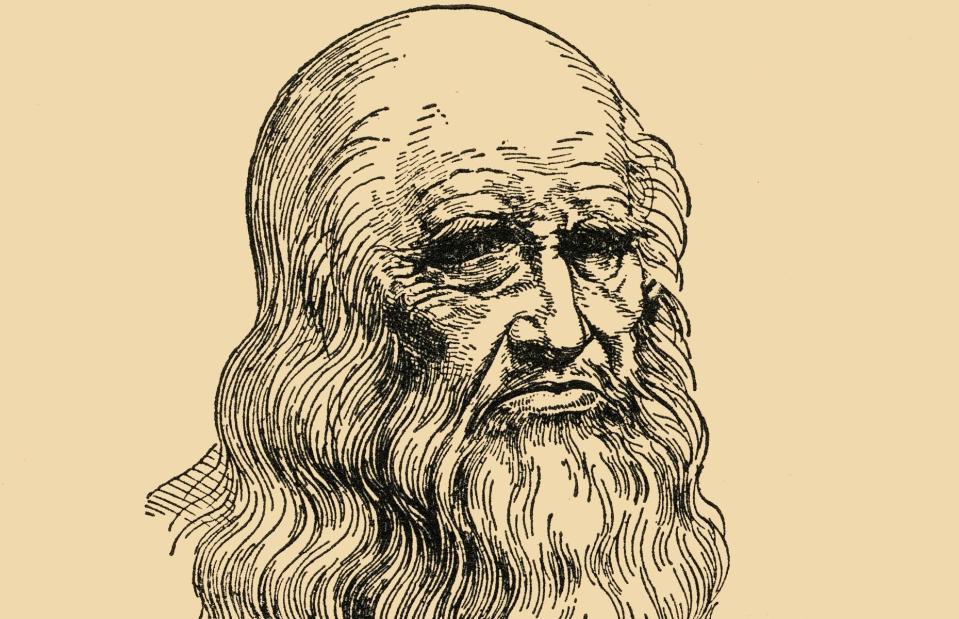
Print Collector/Getty Images
Yet many other theories as to the identity of the Mona Lisa also exist. One suggests that da Vinci’s mother, Caterina, may be the subject of the painting. Another theory is that the Mona Lisa is a female self-portrait of the artist. Scholars have suggested that disguising himself as a female may have been a riddle by da Vinci.
Owned by royals
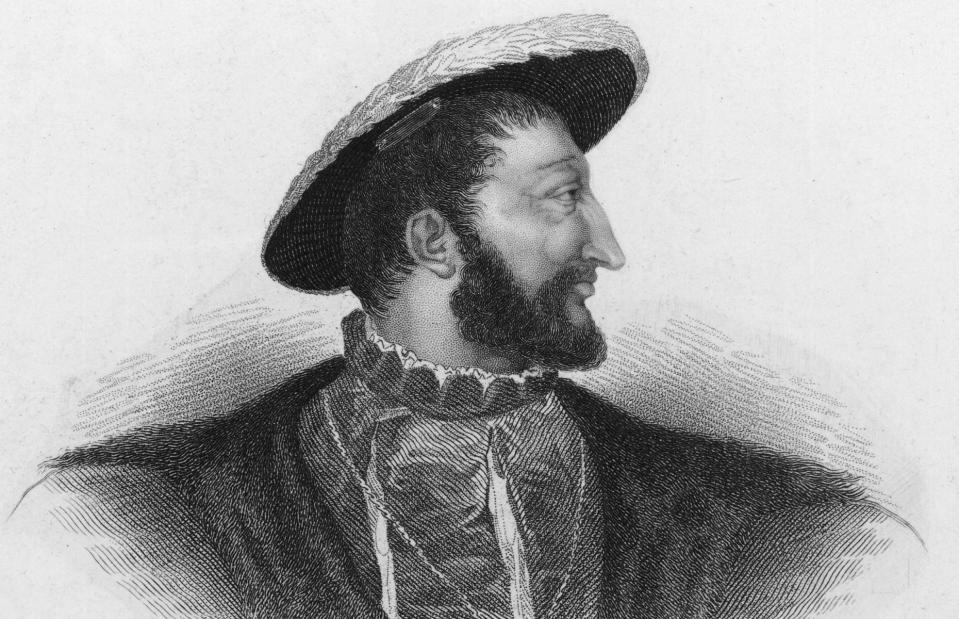
Archive Photos/Getty Images
One thing we do know for a fact is that the painting was in da Vinci’s studio when he died in 1519. French King Francis I (pictured) then acquired ownership of the painting. Da Vinci had taken residence in the royal court in the years before his death. The Mona Lisa subsequently became a part of the royal collection.
Vive la revolution
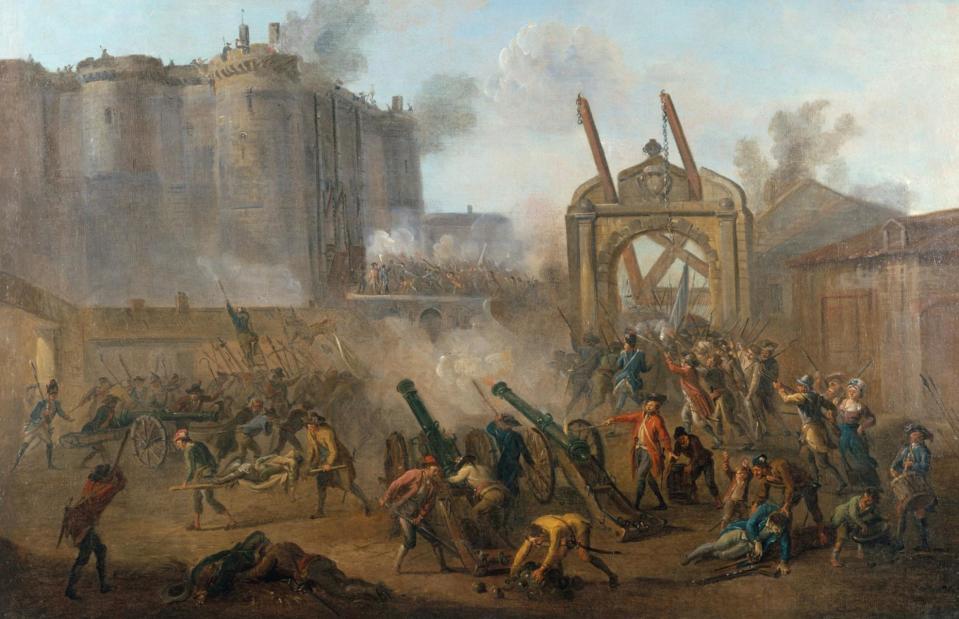
Heritage Images/Getty Images
The Mona Lisa remained in French palaces for hundreds of years until insurgents claimed the royal collection as the property of the French people during the French Revolution between 1787 and 1799. The painting went on permanent display in the Louvre in 1797, though it did spend a brief period hanging in Napoleon's bedroom.
A daring theft
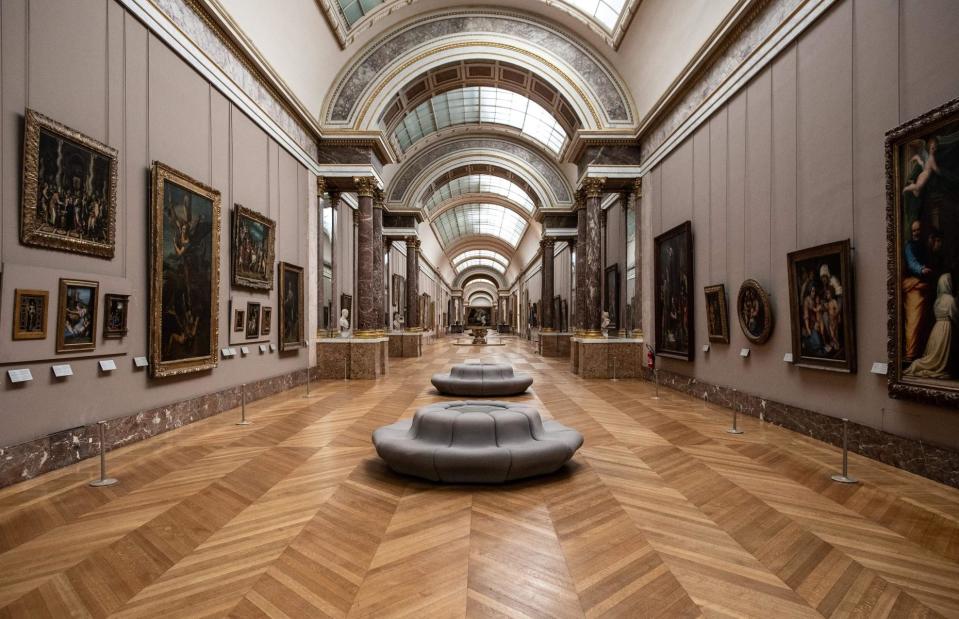
Martin Bureau/Getty Images
On 21 August 1911, painter Louis Beroud came to the Louvre (pictured) intending to draw a sketch of the Mona Lisa. He was surprised to discover the painting was missing. After confusion as to whether the work may have been getting photographed elsewhere, it was determined it had been stolen. The Louvre closed its doors pending an investigation.
Famous suspects
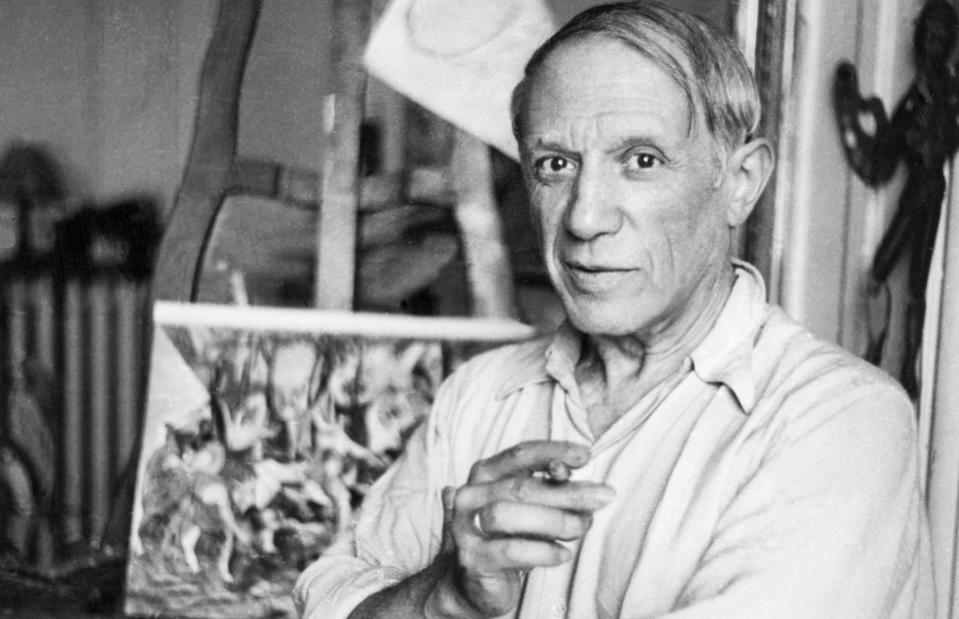
Bettmann/Getty Images
French poet Guillaume Apollinaire was arrested and imprisoned for the crime. He implicated artist Pablo Picasso (pictured) in the theft, who was brought in for questioning. Both were later exonerated. Two years later the true culprit was found…
The culprit
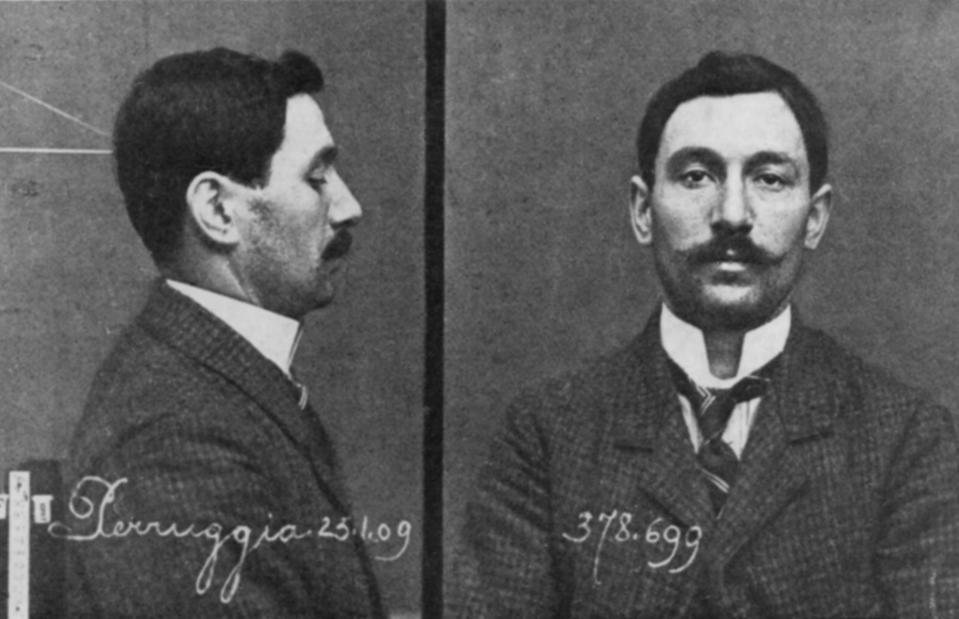
Everett Collection/ Shutterstock
The thief was a Louvre employee named Vincenzo Peruggia (pictured). He pulled off the bold theft by hiding in a broom closet and then walking out with the painting hidden underneath his jacket after the Louvre had closed. Peruggia had helped to construct the glass case surrounding the portrait, and that insider knowledge helped him pull off his daring heist.
The motive
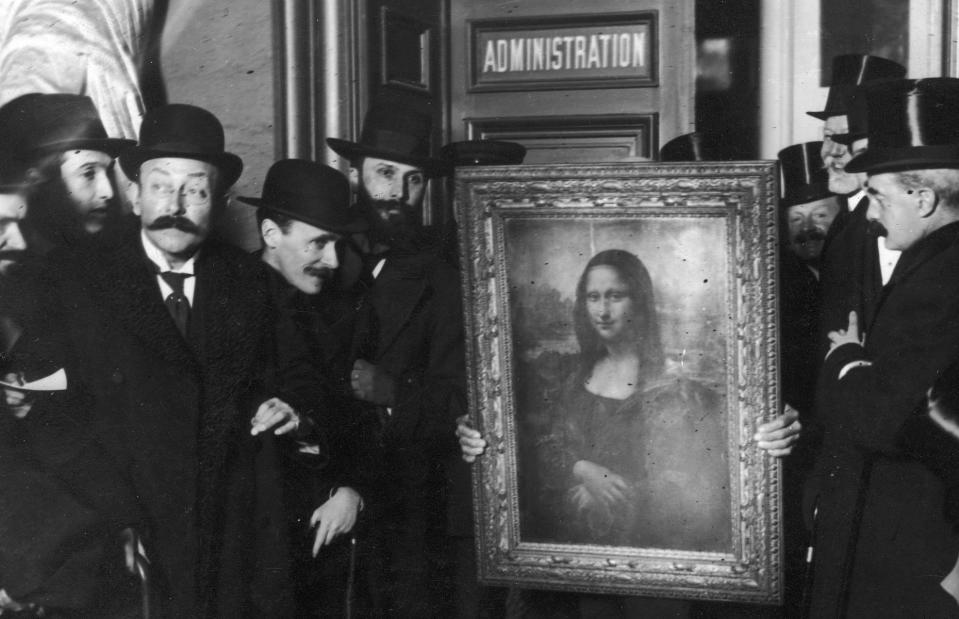
Paul Thompson/Getty Images
Peruggia was an Italian patriot and he believed that the Mona Lisa belonged in an Italian museum. He kept the portrait hidden in his apartment for two years before attempting to sell it to the director of the Uffizi Gallery in Florence. The Mona Lisa was exhibited in the Uffizi for two weeks and then returned to the Louvre on 4 January 1914 (as shown in the photograph). Peruggia was sentenced to six months in prison, although he was praised in his home country for his patriotism to Italy.
Mona Lisa today
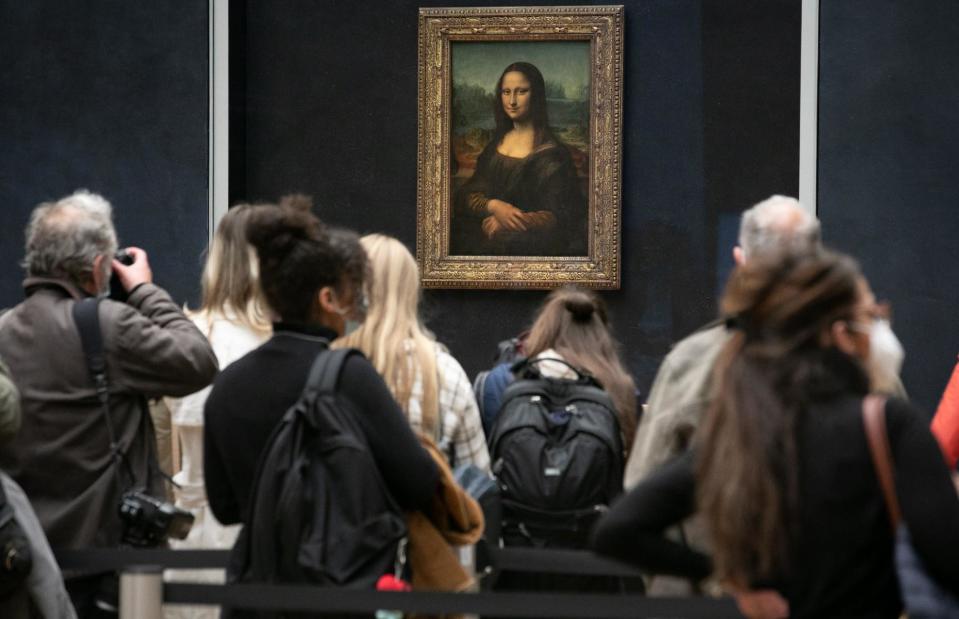
Marc Piasecki/Getty Images
Today the painting is in the Louvres Salle des Etats, displayed behind bulletproof glass. The painting is illuminated by a specially-designed lamp that reduces infrared and ultraviolet radiation that could otherwise damage the paintwork. Around 10.2 million people view the painting each year. Putting a price on an item such as the Mona Lisa is almost impossible, however in 1962 the painting was insured for $100 million; taking inflation into account that would be $860 million (£620m) in 2021.
The Hekking Mona Lisa
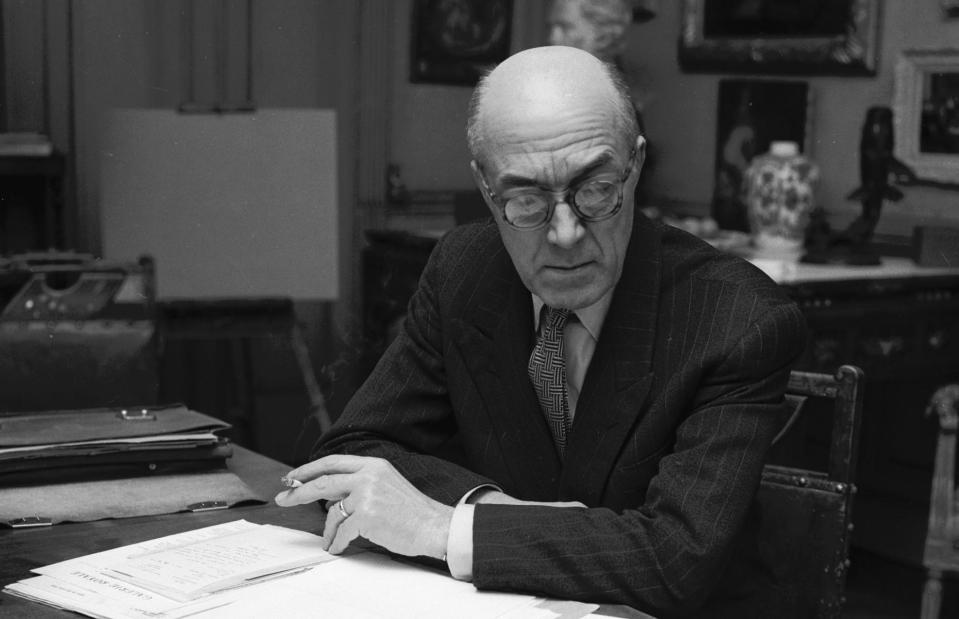
David Wharry/Getty Images
In the 1950s, antique dealer Raymond Hekking (pictured) claimed a version of the Mona Lisa that he had purchased in France from an art dealer for £3 (around $110/£86 in today's money) was the true work of Leonardo da Vinci. Hekking believed that, following the theft of the Mona Lisa in 1911, a fake had been returned to the Louvre and the genuine painting was now in his possession.
The media campaign
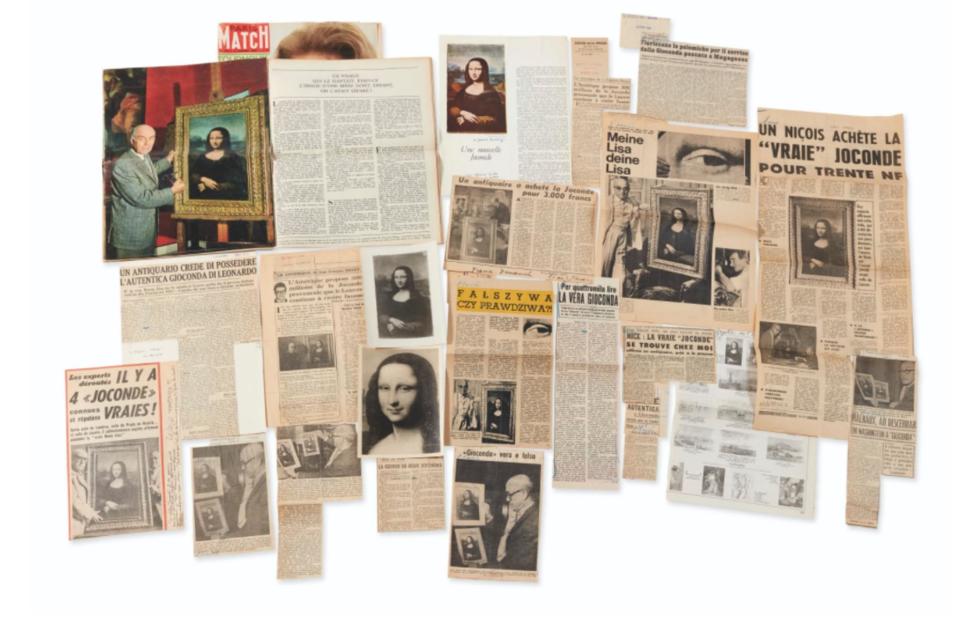
Christies
To prove his claim to be true, Hekking showed the work to famous art historian Max Jacob Friedlander. Despite the fact that Friedlander specialised in Flemish painting and was nearing the end of his career, he suggested the painting could indeed be the Mona Lisa. Encouraged by Friedlander’s words, Hekking launched a media campaign in a bid to prove the authenticity of his Mona Lisa. His efforts included a film that showed him examining the painting and bringing in experts to study the work.
A convincing replica
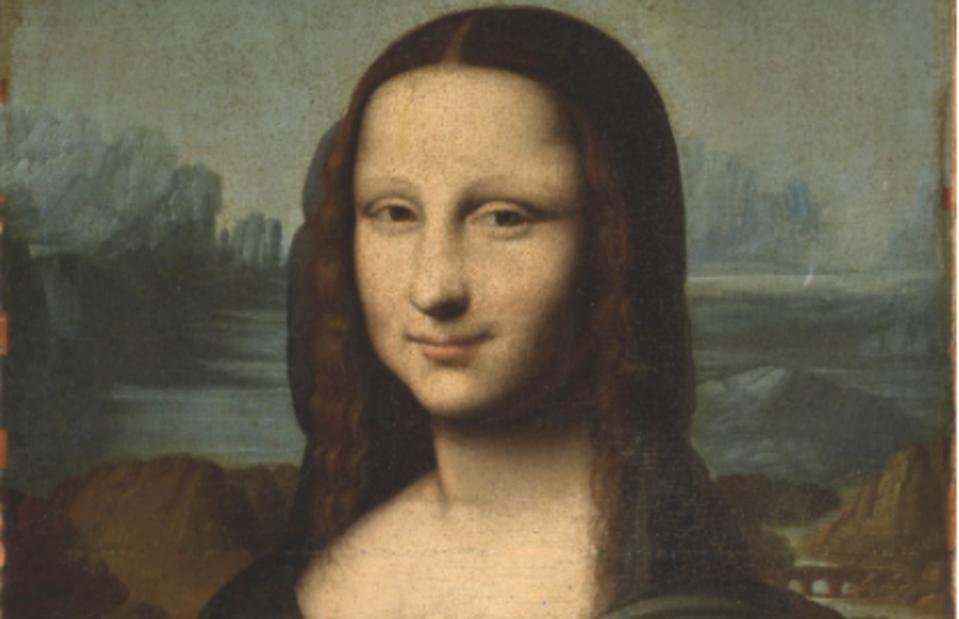
Christies
The claims were taken seriously by some in the art community, however they later were disproved. The ‘Hekking Mona Lisa’, as it has come to be known, has been dated by experts as early 17th century. It’s believed the convincing replica was created by a fan of da Vinci.
A record-breaking auction
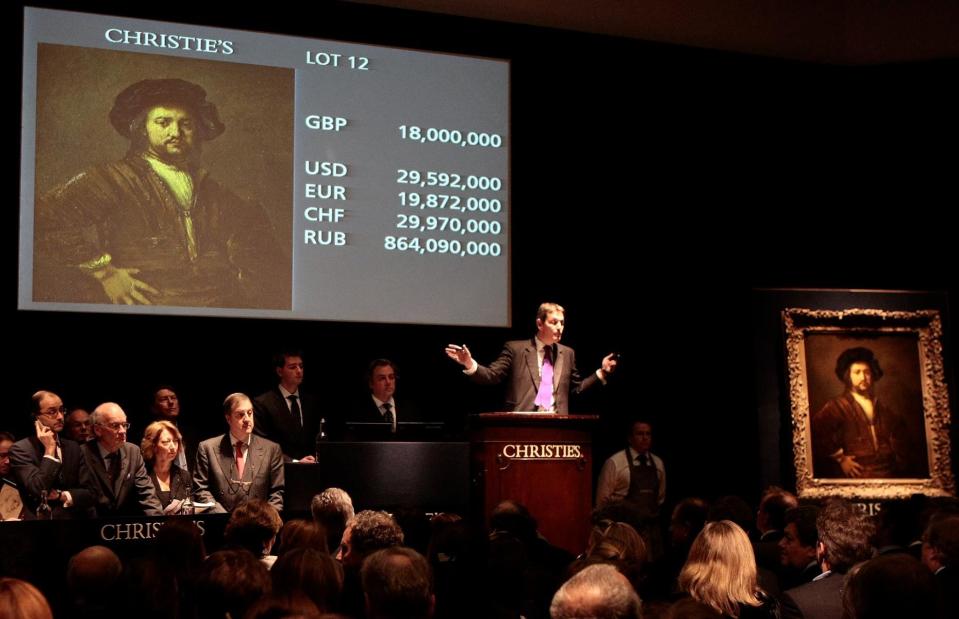
AFP/Getty Images
The 'Hekking Mona Lisa' went on sale at the Christie Auction house in Paris in June 2021. Despite the fact the painting is not the real deal, it was still expected to sell for an impressive €300,000 ($365,645/£257,800). However, following a frantic bidding war it sold for €2.9 million ($3.4m/£2.45m), nearly 10 times its estimate and a world record for a fake Mona Lisa. But there's another Mona Lisa that many have claimed to be a true da Vinci...
The earlier Mona Lisa
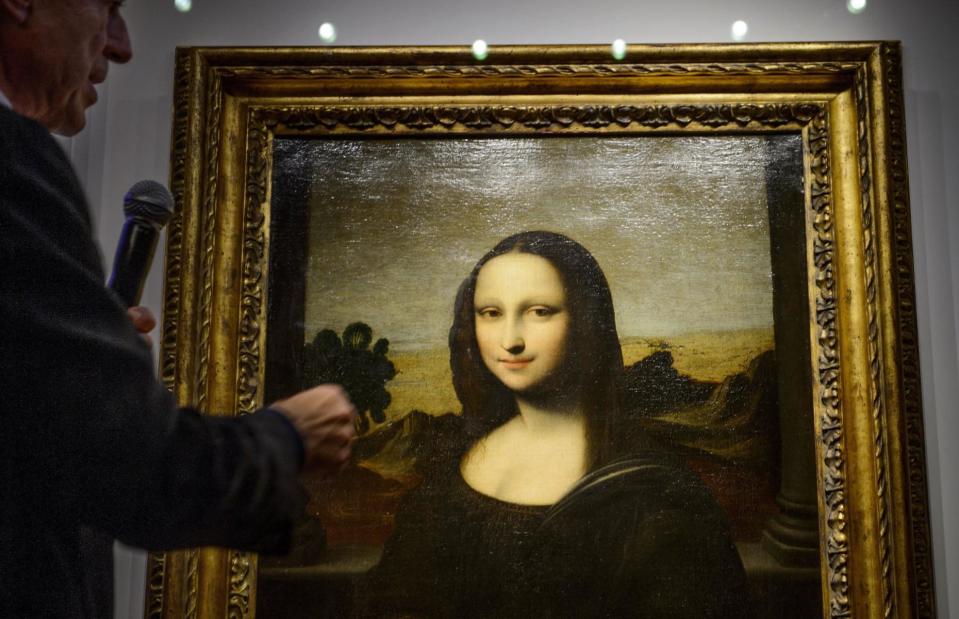
Fabrice Coffrini/Getty Images
The story of the ‘Earlier Mona Lisa' or the ‘Isleworth Mona Lisa' (pictured) begins sometime before World War I. English connoisseur Hugh Blaker spotted the painting in a manor house in Somerset. It had hung there for over a century, having been bought in Italy as an original da Vinci work. The painting bore a striking resemblance to the famed Mona Lisa hanging in the Louvre. The key difference was this painting depicted a much younger version of the enigmatic subject.
A younger Mona Lisa?
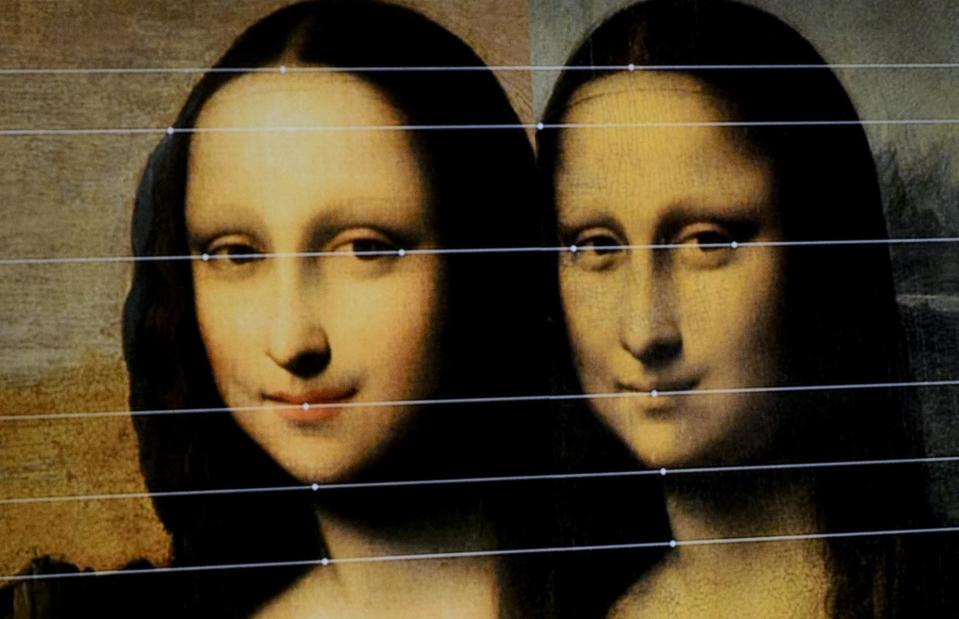
Fabrice Coffrini/Getty Images
Blaker purchased the painting and took it home with him to Isleworth, hence the moniker ‘Isleworth Mona Lisa’. Blaker’s stepfather John R Eyre published a monograph suggesting that da Vinci had worked on two versions of the Mona Lisa and the Isleworth painting was an earlier version of the painting, hence the subject’s younger appearance.
Pulitzer's prize
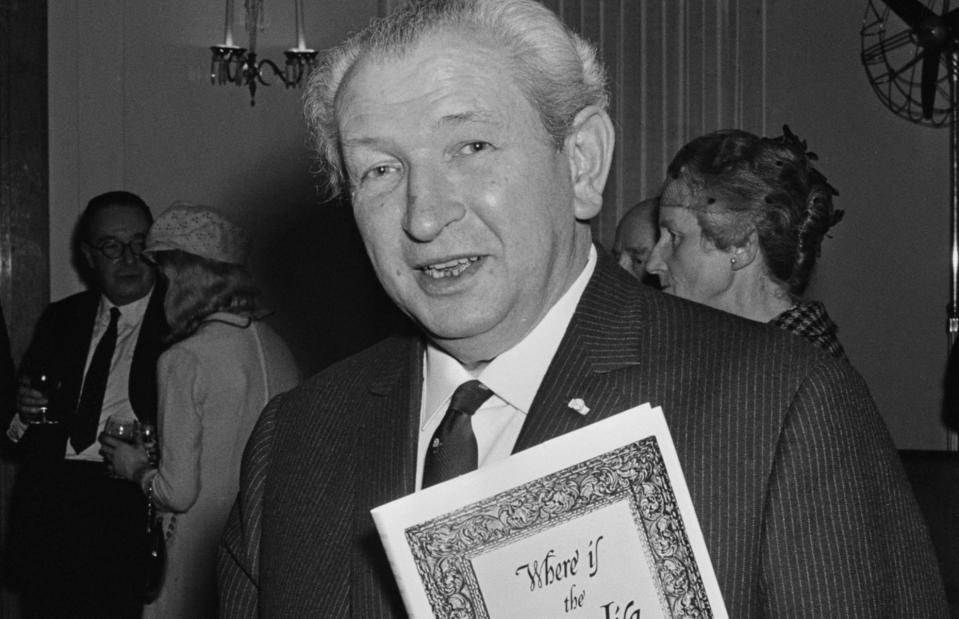
C. Maher/Getty Images
An American art collector named Henry F Pulitzer (pictured) then purchased the painting. It was stored in a Swedish bank vault and sold by his partner after his death. But it was set to make headlines again.
The Mona Lisa Foundation
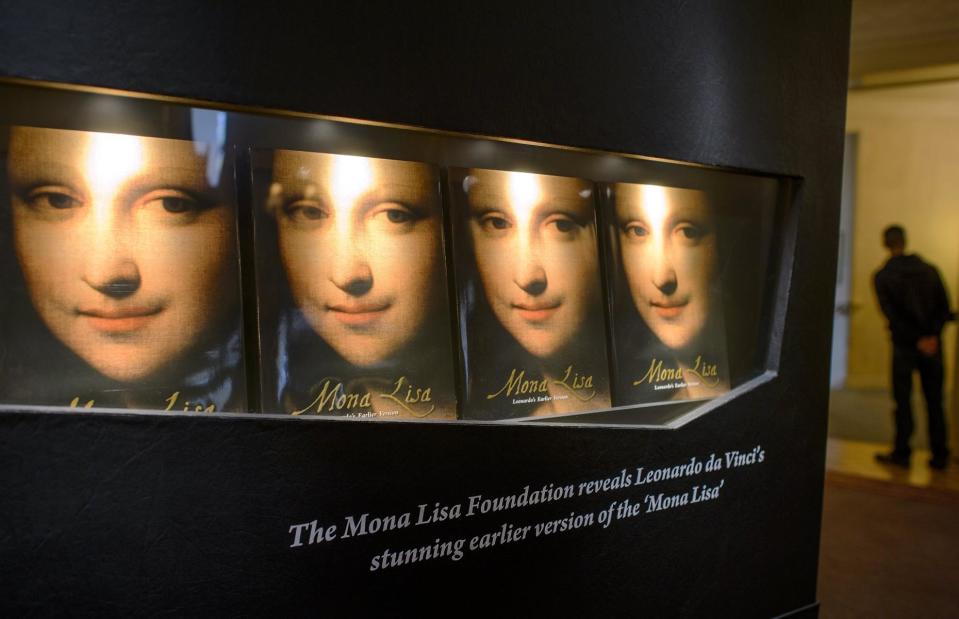
Fabrice Coffrini/Getty Images
In 2012, an organisation named the Mona Lisa Foundation revealed the painting to the world, claiming it was an earlier version of the Mona Lisa painted by da Vinci himself. Over the years the foundation has presented independent evidence of the painting’s legitimacy, however scholars and experts can't agree on whether not the painting is a true da Vinci. When questioned, the foundation claimed that it did not own the painting and that the painting was owned by an unnamed international consortium.
Debate over the ownership
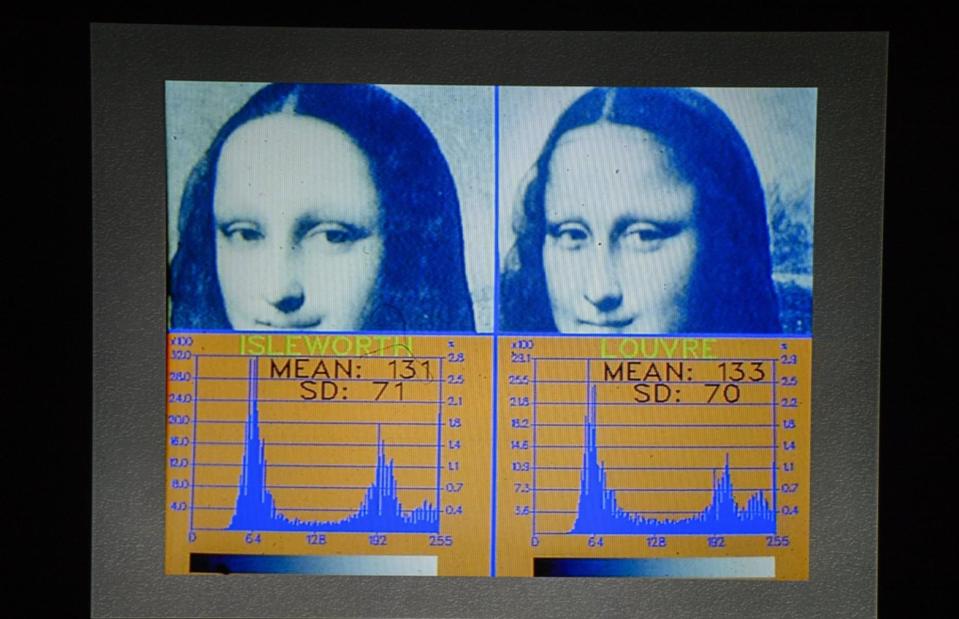
Fabrice Coffrini/Getty Images
However, the ownership of the Isleworth Mona Lisa was called into question when Andrew and Karen Gilbert, a married couple from London, claimed that they own a 25% share in the painting. Andrew Gilbert claims that his family knew Henry F Pulitzer and bought art from him, as well as selling pictures to him. The couple showed the BBC documents allegedly proving that they owned part of the painting. The Mona Lisa Foundation said the claims were "ill-founded and had no merit".
A legal battle
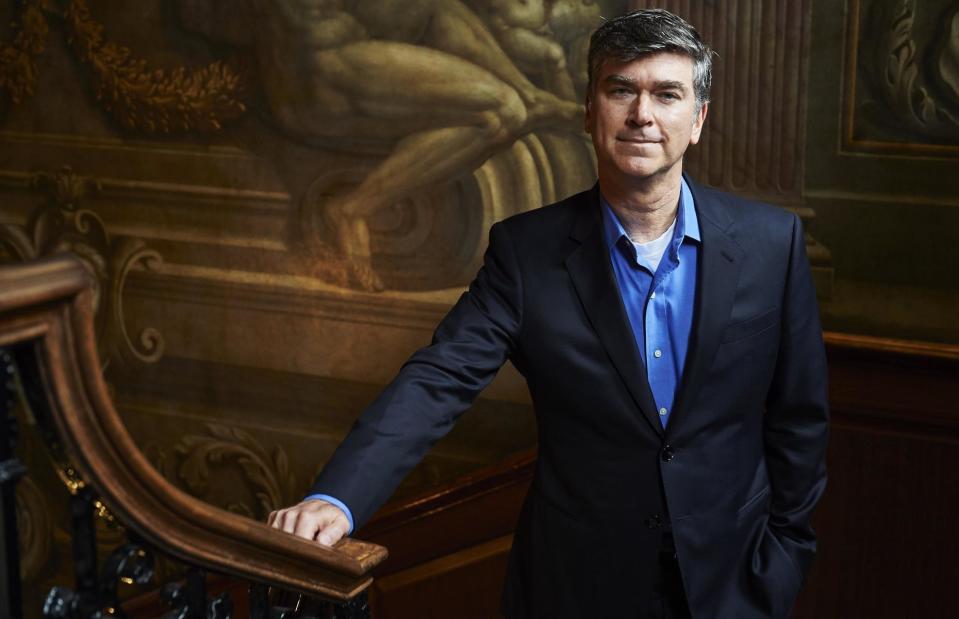
Niklas Halle'n/Getty Images
The Gilberts entered a legal battle against the Mona Lisa Foundation and have recruited the so-called 'Sherlock Holmes of art' to help them in their bid. Christopher Marinello (pictured) is the CEO and founder of Art Recovery International. He earned his nickname as his company has helped to recover $510 million (£400 million)-worth of art. Art Recovery International is involved in some of the biggest cases in the art world. As to whether he thinks the painting is a real da Vinci, Marinello said: "I honestly don't care about any of it. As far as I'm concerned, this is a simple matter of clients who have a contract of purchase for this painting, whatever it may be."
The battle continues
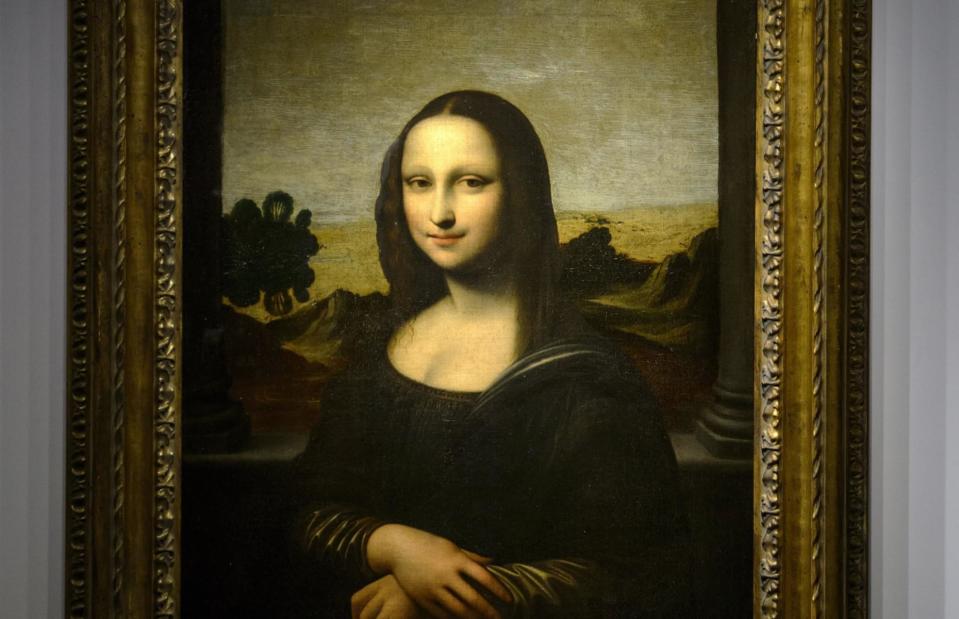
Fabrice Coffrini/Getty Images
Karen Gilbert revealed that, during a court hearing, the Mona Lisa Foundation admitted that Mona Lisa Inc, a company based in Anguilla, a British overseas territory with a reputation for discreet business practices, owned the painting. The Mona Lisa Foundation's lawyer Marco Parducci said: "The Mona Lisa Foundation can neither confirm nor deny the claim, by virtue of the legal obligations it has towards the owners, unless it is explicitly requested by the judicial authority." The legal battle continues. Meanwhile, the world's most famous painting continues to compel and confound people all over the world.
Now take a look at some more masterpieces the experts can't agree on

 Yahoo Finance
Yahoo Finance 